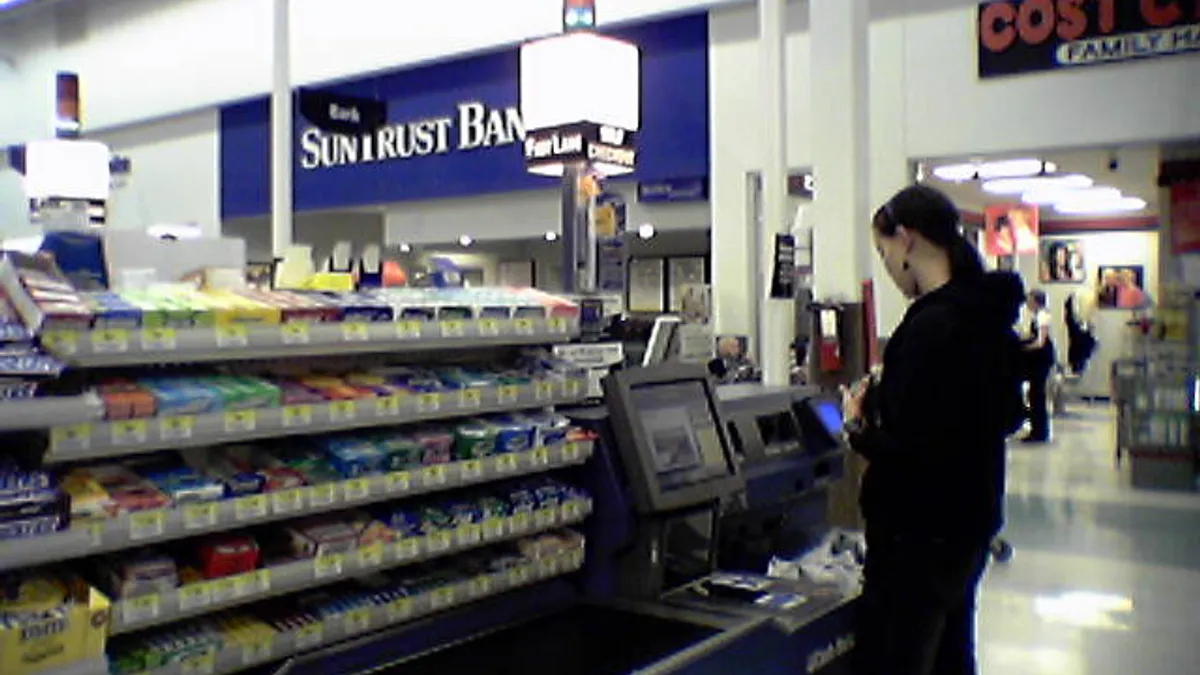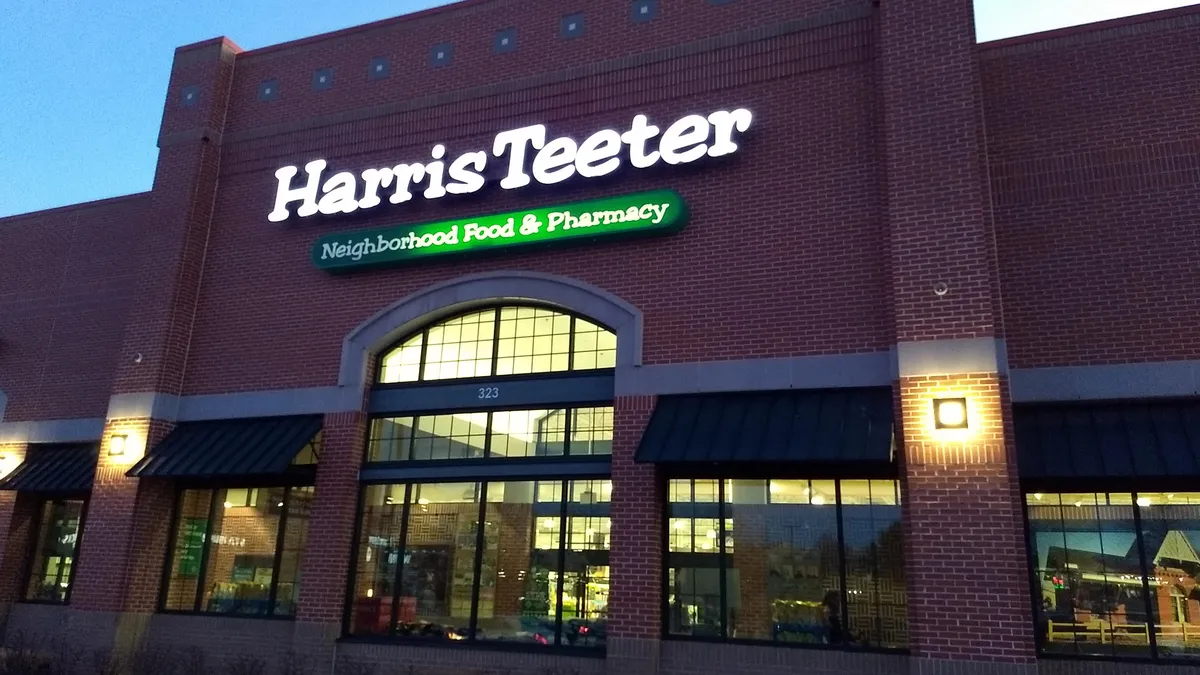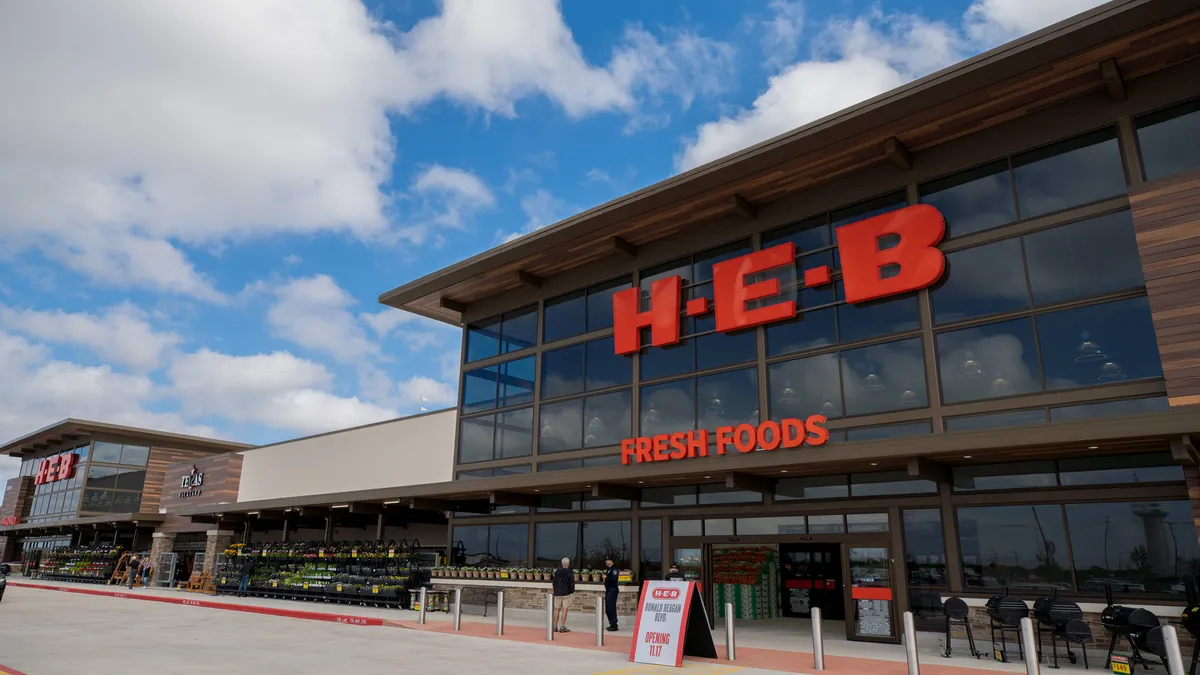Dive Brief:
- During the Sweets & Snacks Expo in Chicago this week, Euromonitor senior analyst Jared Koerten said nearly 70% of in-store snack purchases are unplanned. The convenience channel holds 16% share of all spontaneous snacks sales and has grown by 27% since 2012, according to Food Navigator. This growth has outpaced the market average.
- Though these numbers are impressive, there has been a "significant" decline in impulse behavior over time, Euromonitor reports. Much of this change has been driven by grocers' inclusion of self-checkout stations.
- "One of the key zones for that unplanned snack purchase is the checkout," Korten told Food Navigator. "The problem with self-checkout is you're wholly engaged in the checkout process — I don't have that moment to look around."
Dive Insight:
Declines in center store shopping and a rise in online grocery shopping are also a threat to impulse snacking purchases, according to Korten.
This phenomenon is interesting, as snacks are on a steep growth trajectory, generating sales of $89 billion in 2016 and climbing at a 3% growth rate, according to IRI. Healthy snacks are growing at an even faster pace. This trend has spurred food giants such as Campbell Soup and Hershey to jump in via acquisitions as they seek innovative and nimble startups to leverage these growth trends and differentiate their portfolios. But these trends don't necessarily future proof the category, especially as the entire food retail landscape continues to change at a rapid pace.
But that doesn't necessarily mean smooth sailing is ahead. Snacking companies must learn how to keep up with a confluence of threats, from cashier-free technology to delivery. Some are trying to translate impulse buys to online consumers by targeting heavy e-commerce users with online ads, offering larger package sizes, adding a selection of impulse buys and offering recipes through retailer websites. Other companies — including Mondelez and Kellogg — are releasing online-only products. For brands to generate the same effective, top-of-mind opportunities through online channels, they’ll have to devote some of their marketing budget to digital ads, pop-up ads at digital checkout and SEO strategies.
There are plenty of in-store opportunities to capture consumer attention as well. To encourage impulsivity, snacks should be showcased throughout the store versus just at the checkout or in one or two center aisles. Hershey, for instance, is looking at ways to restructure store layouts to support snack purchases. Also, a heavier focus can be placed on merchandising displays throughout the shopping experience. Cross-promotion could be an effective solution as well, especially with fresh or prepared foods. With so many meal kits on store shelves, snack brands could find their way in as a side or dessert — or be part of a dedicated snack kit.
While impulse snack purchases may seem to be in danger, the demand for snacking isn't going away any time soon. Snack brands that figure out how to find a captive audience without a physical checkout aisle stand the best chance.








